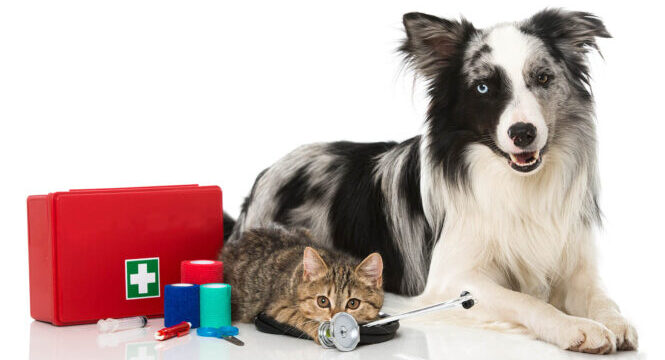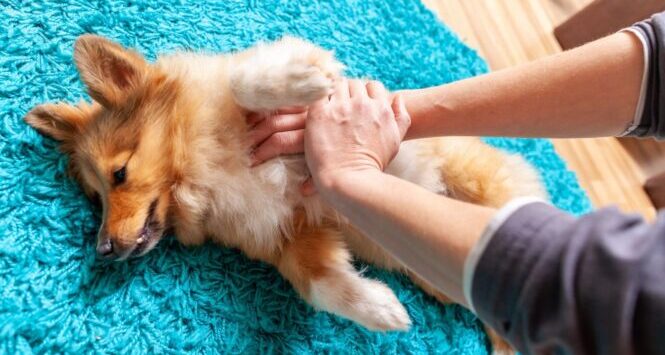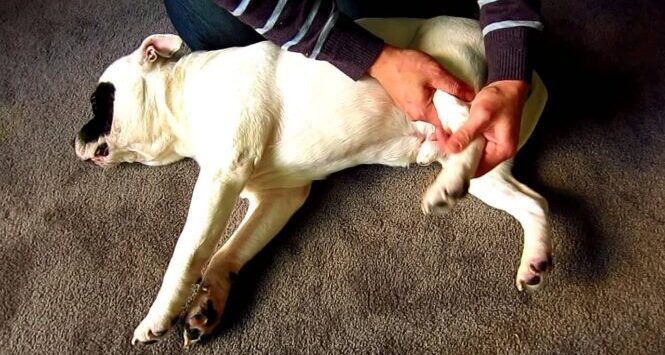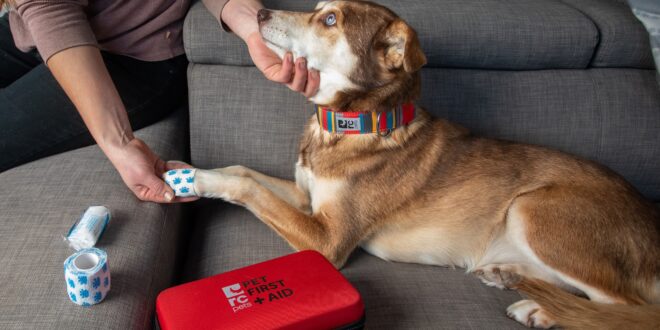Owning a pet is a profoundly rewarding experience, offering moments of joy, companionship, and love. But as with all aspects of life, unpredictable emergencies can suddenly arise. When they do, knowing how to react with pet first aid becomes a vital tool in your arsenal.
The importance of mastering pet first aid basics is akin to understanding basic human first aid; it’s an essential skill for the well-being of our beloved companions. A well-informed and prepared pet owner can make all the difference during these critical times.
Understanding Common Pet Emergencies
Most households, unknowingly, can be a minefield of potential hazards for pets. From toxic plants to enticingly small, swallowable objects, and even seemingly harmless chemicals, dangers are omnipresent.
By actively pet-proofing the home, many of these inherent risks can be mitigated. But when accidents do occur, rapid recognition of distress or injury becomes paramount. Swift identification of symptoms like sudden lethargy, excessive salivation, vomiting, or difficulty breathing can mean the difference between a minor issue and a life-threatening situation.
Assembling a Pet First Aid Kit

Every responsible pet owner should possess a comprehensive and well-stocked first aid kit. This essential toolkit should house not only antiseptics, bandages, a thermometer, and tweezers but also certain medicines like antihistamines.
Remember, pets have specific medicinal needs, so always consult a veterinarian before administering any drugs. Additionally, this crucial kit should be strategically placed in an easily accessible location. If you’re venturing outdoors or traveling with your pet, ensure you have a compact version. Preparedness is the key, irrespective of your location.
CPR and Rescue Breathing for Pets

In dire situations, your pet may require CPR or rescue breathing, and these moments are when prior knowledge becomes a lifeline. For CPR, the procedure is delicate; lay your pet on a flat surface, ensure they’re aligned correctly on their side, then position your hands on their ribcage.
Administer swift compressions followed by two careful rescue breaths by sealing their nose and breathing gently into their mouth. Repeatedly execute this until there’s a sign of recovery or help arrives. For rescue breathing, ensure their airway is clear, then administer breaths till the chest expands, pausing to monitor their response between breaths.
If you want to hand this part the best way possible and hope for ideal result in a case of an emergency you should check out https://cprcertificationnow.com/products/pet-cpr-first-aid-certification.
Handling Injuries and Wounds
The innate curiosity of pets often lands them in troublesome situations, leading to minor or severe injuries. Whether it’s a simple cut, a burn, or a more grievous wound, addressing these injuries with care and knowledge promotes faster healing and staves off complications.
Employing a saline solution or clean water to diligently clean wounds, followed by a careful application of antibiotic ointment and a secure bandage, can help deter infections and aid in recovery.
Managing Choking and Airway Obstructions

Choking is an alarmingly common emergency, especially in pets prone to oral exploration. Signs of choking are hard to miss—distress, frantic pawing at the mouth, and labored breathing are clear indicators. Knowledge of how to carefully administer the Heimlich maneuver, tailored to the size and breed of your pet, can be a life-altering skill. Being calm and assertive in such situations is just as important as the procedure itself.
Responding to Poisoning and Toxic Exposure
A multitude of substances deemed safe for humans can spell danger for pets. Awareness of these common household items and their potential risk is half the battle. If your pet ingests or is exposed to such substances, swift action is paramount. First, keep your pet calm to prevent further complications. Immediately seeking professional veterinary care should always be the subsequent step.
Dealing with Fractures and Broken Bones

Much like humans, pets can suffer from fractures or broken bones due to unforeseen accidents. Recognizing the signs of such injuries, such as evident swelling, an unnatural limb position, or vocal distress, is the first step.
Following this, knowing how to safely and effectively immobilize the affected area using splints or makeshift supports can stabilize the injury, making the journey to professional medical attention smoother.
Heatstroke, Hypothermia, and Environmental Dangers
The environment, with its fluctuating extremes, poses as many risks to pets as it does to humans. Awareness of signs of heatstroke, like excessive panting or drooling, or hypothermia symptoms, such as shivering or lethargy, is paramount. Implementing proactive measures, like providing ample shade and hydration during torrid days or ensuring warmth during cold spells, is the first line of defense against these dangers.
Recognizing and Treating Allergic Reactions

Surprisingly, pets can exhibit allergic reactions similar to humans. These reactions can range from mild to severe. Swift identification of symptoms like swelling, hives, or respiratory difficulty is imperative. With veterinarian-approved antihistamines on hand and an understanding of when immediate emergency care is required, pet owners can dramatically alter the outcome of such situations.
First Aid for Seizures and Unconsciousness
Seizures in pets can stem from a variety of causes, ranging from genetic predispositions like epilepsy to exposure to specific toxins. The immediate reaction during a seizure is crucial—ensuring a safe environment, keenly monitoring their status, and post-seizure veterinary care are priorities. Remaining calm and methodical during these intense moments is vital for the well-being of the pet.
Seeking Professional Veterinary Care
While first aid serves as an immediate relief measure, it’s vital to recognize when expert intervention is needed. Despite the best first aid efforts, certain situations unequivocally require the expertise of a trained veterinarian. Always prioritize your pet’s long-term health, and ensure their safety by seeking professional advice or treatment when the situation demands it.
Conclusion
Our pets weave their way into the fabric of our lives, becoming irreplaceable members of our families. As custodians of their well-being, understanding and mastering pet first aid is our solemn responsibility. With the right knowledge, tools, and mindset, we stand poised to be the first line of defense in our pets’ moments of crisis, ensuring their safety, health, and happiness for years to come.
Since you have learned how to take proper care of your pets, we recommend you read about moving and traveling with pets over long distances.
 Imagup General Magazine 2024
Imagup General Magazine 2024



